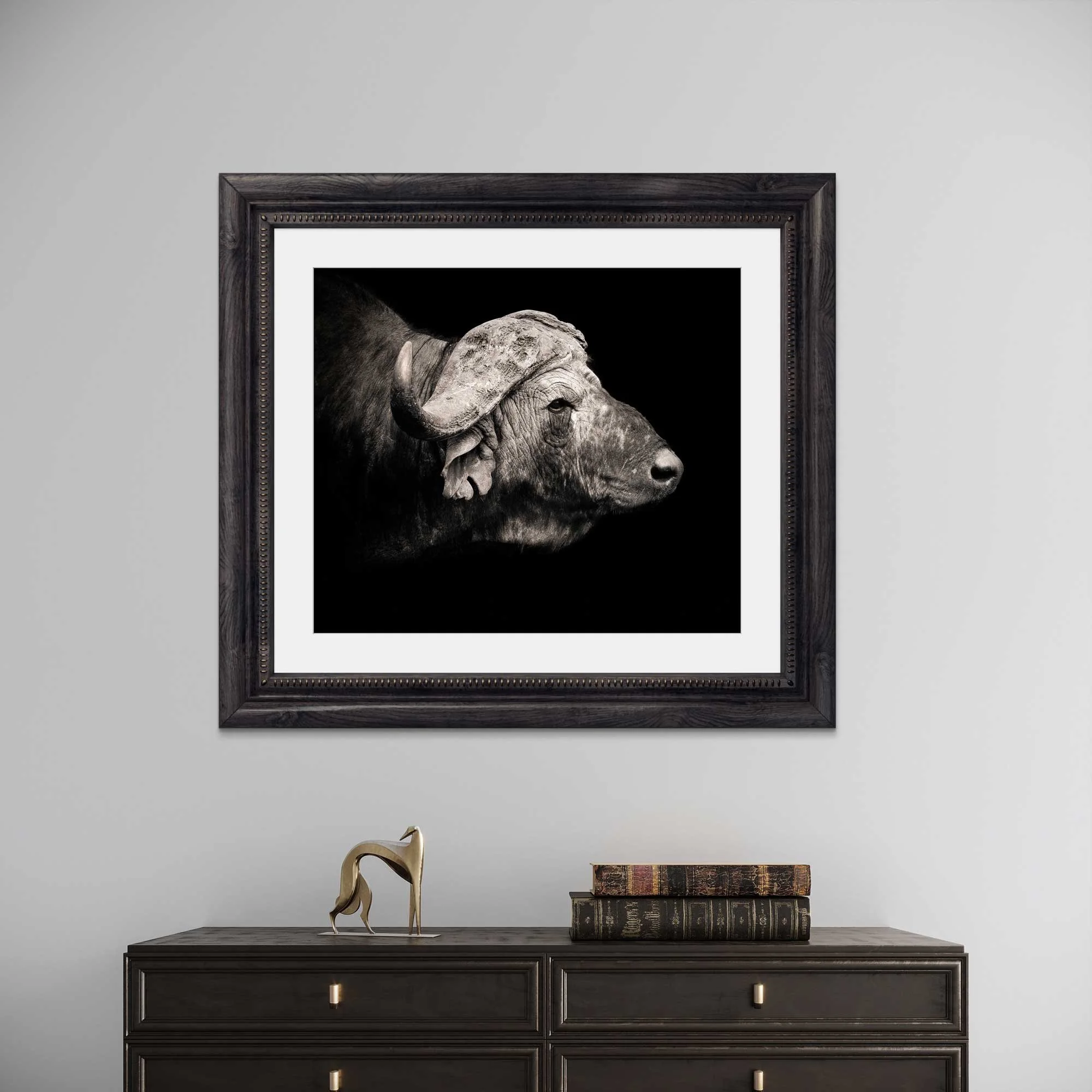What Wildlife Photography Gear Do You Really Need?
It was less than a generation ago that the number one prerequisite lens for wildlife photography was a long telephoto, like a 500mm.
They cost about as much as a car, and there were no lens hire services then, which meant that they were rarely seen or used. If you happen to have owned one, it was probably because you owned everything else.
The snag was that to be a wildlife photographer you really needed one but, if you couldn’t afford it, then the only other alternative was probably to abandon the idea of photographing wildlife altogether and do something else instead.
But how things have changed since then!
The evolution of cameras for wildlife photos
In the twenty or so years hence, photography has evolved both technologically and creatively. It has become more affordable because of technology. This has led to more of us embracing photography, and in turn, leading to us becoming more creative, en masse.
I spoke with another photographer a little before I wrote this about new styles. Both of us acknowledged how wide-angle macro photography has come into vogue, with much smaller (and cheaper) lenses taking pictures with just as much impact as the big expensive telephotos did a generation ago.
Essential wildlife photography gear today
Today's accelerating production of affordable long focal lengths means we can all have a turn at photographing wildlife. And we’ve more gear at our disposal than ever before too.
Gone are the days of one body and two lenses — two bodies and five or six lenses are more representative of our wildlife photo gear list today.
What are the best wildlife camera lenses?
To the question of what is the best lens for wildlife photography, I would say that the first lens to go into any wildlife photographer’s kit bag is still the mandatory long telephoto. You’ll also need a wide-angle or a standard zoom, as well as a fast standard lens and some converters.
In case you may need them, add a macro and a fisheye lens too, depending on your taste. And if there’s still room, maybe squeeze in a tilt-shift lens too. Only because you never know. And so it goes!
Camera gear for wildlife photography
On top of the two or three cameras we, as wildlife photographers, will carry, we are sure to have all bases covered for all possible scenarios. So, that’s three cameras and six lenses, giving us eighteen possible camera/lens match-ups.
With all of this to hand, we’ll be ready for anything! Or so it would seem anyway.
The challenge of choosing the right wildlife photography gear
Up until about three years ago, I carried two cameras, a Nikon D3s and a Nikon D800E. When I needed to photograph an animal, I needed to decide the best one to use and which of the four lenses to put with it. That's eight potential match ups to choose from.
I'd like to think I made the right choices a lot of the time, but I didn't every time.
But the factor that concerned me most was making that choice and the time it took to do so. Sometimes I took too long to decide. I had too much photo gear, so too many options!
I missed the old way when I only had one camera because it was so much easier. And I found this to be the same with lenses too, less is better.
Wildlife photo gear: When less is more
So I geared down. I sold the D3s and got another D800E as the second camera. I pretty much keep to only three lenses in my bag now and I’ve not missed any that are not there.
I've also eschewed filters almost completely and left most other peripheral devices at home. The result is now I consider the picture more than the gear, the composition, and of course the subject itself.
It’s an entire thought process eliminated. Of all my wildlife photography gear now, I've only a maximum of three possible camera/lens match-ups.
It’s a throwback to the days when we only had a 50mm lens, forcing you to think about things more and as a result making you a better photographer.
Simplifying my wildlife photography gear was a revelation!
Simplifying my gear for wildlife photography proved to be a revelation. I said goodbye to my three cameras and six lenses, downsized to two and three, and I’ve remained pretty much there ever since. And the other upside is that my camera bag is lighter too.
Maybe the old masters of the 80’s and 90’s had that benefit without knowing it at the time, of a couple of bodies and two or three lenses, including their mandatory telephoto. And they were film bodies too – they all did the same thing.
Maybe their pictures retain the same lasting impact because they never had to decide which of six lenses to use on what camera. I guess we will never know, but what I’m thinking is that if somehow we were forced into limiting the gear we pack then we’d be better photographers for it.
Limit your wildlife photography gear for greater results
Your challenge is to go back twenty years and pack your bag just as the old masters did, with just two cameras and three lenses, or less.
I can almost guarantee that if you persist you will become a better photographer for it, and you may well enjoy your photography a lot more too. Oh, and it will also save your back.
David



